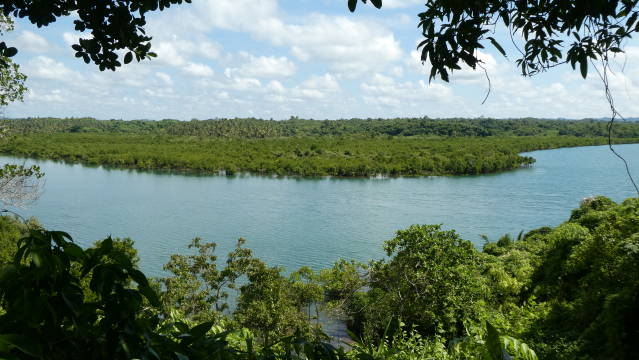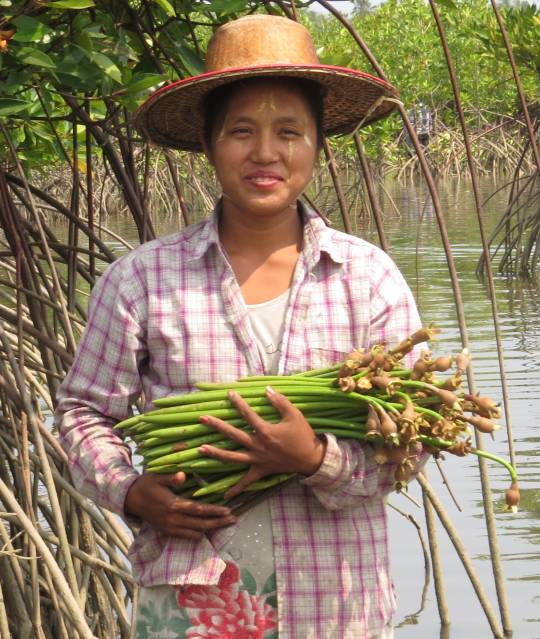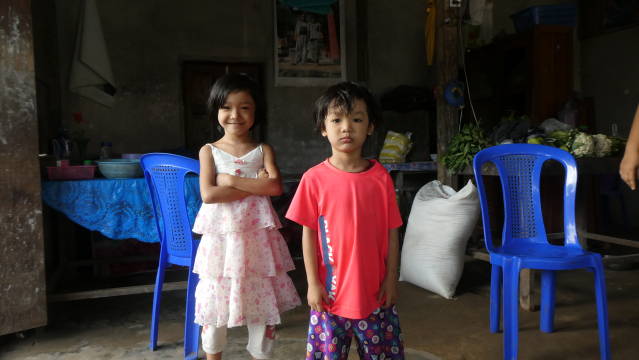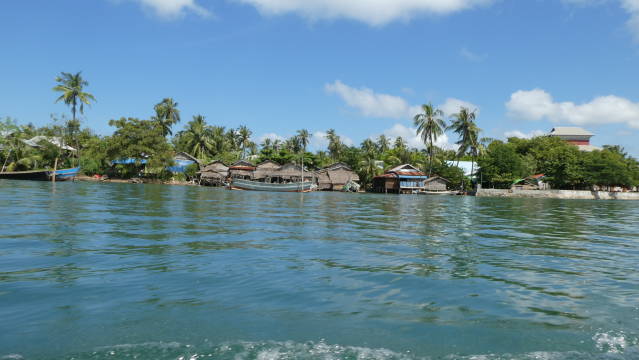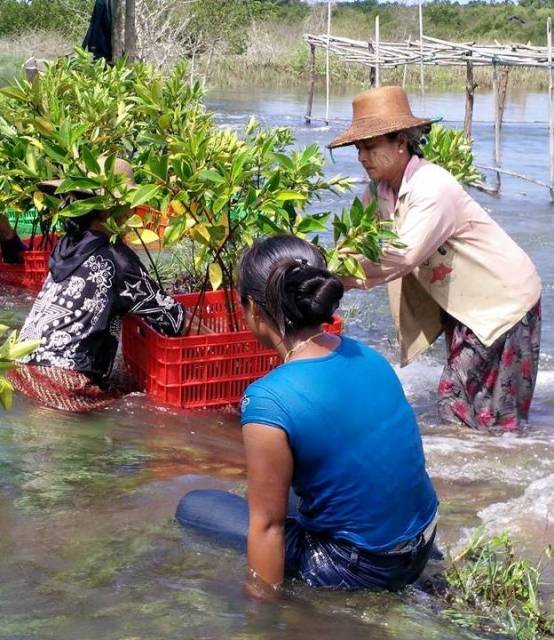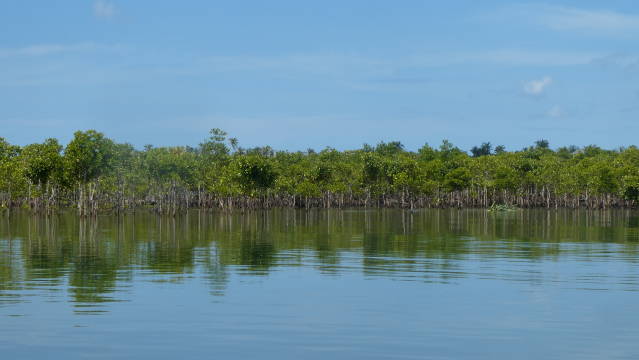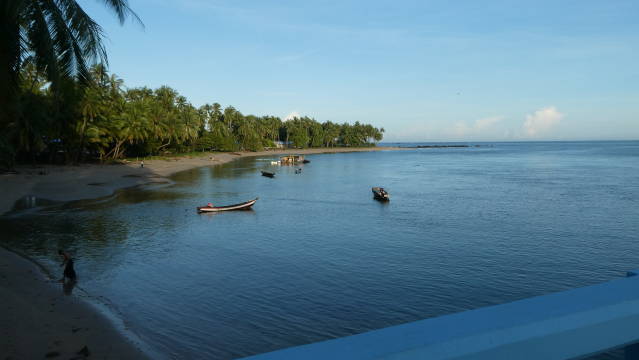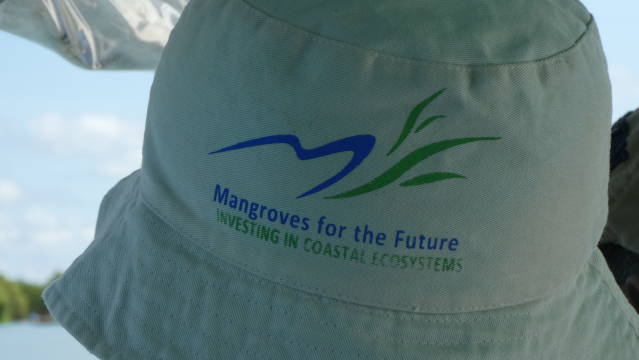This project reduces ~ 184,006 tonnes of emissions per year. This project works to restore those forests with 6 million mangrove trees planted. In Myanmar, only 16% of the original mangrove forest remains along the coastline. Mangroves can capture 5 times more carbon than terrestrial trees and sequester carbon up to 400% faster than land-based tropical rainforests. They are nurseries for juvenile marine species, prevent saltwater intrusion in crops, and safeguard shorelines during tropical storms.
Human activity, including clearing mangrove for firewood, farming rice, palm oil, and shrimp, lead to mangrove destruction. The vulnerable communities of Myanmar struggle with poverty and do what they can to survive. However, these activities decimate the very ecosystem and resources that protect and nourish these communities.
The project also works with the local population to adapt to more sustainable lifestyles. Project experts demonstrated to local communities that the income generated in harmony with a healthy coastal ecosystem can meet or exceed the income generated by destructive practices. When mangroves thrive, fish populations recover, shrimp and crab return in mass, and plants grow naturally in the forests. All can be sustainably harvested for food or to sell.

